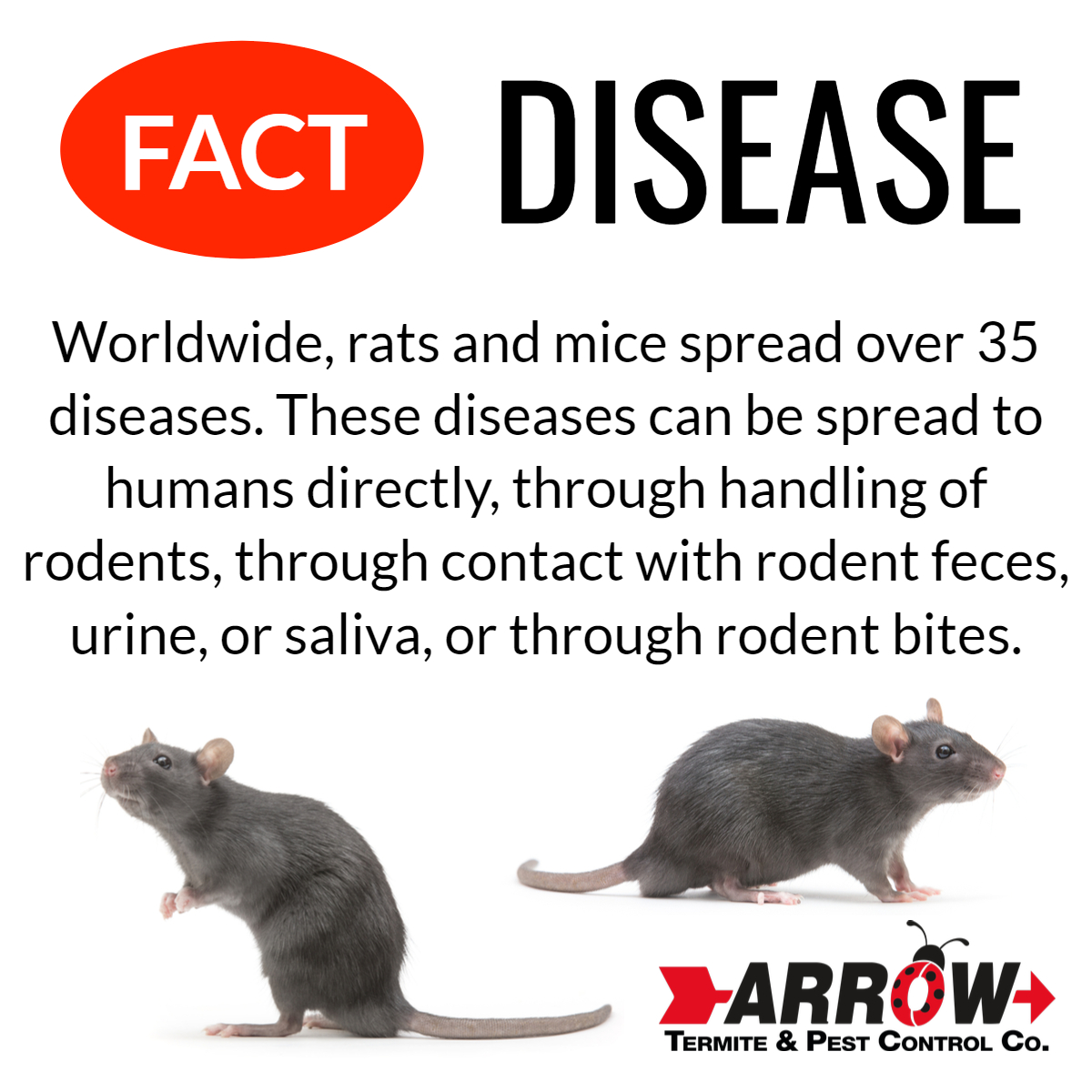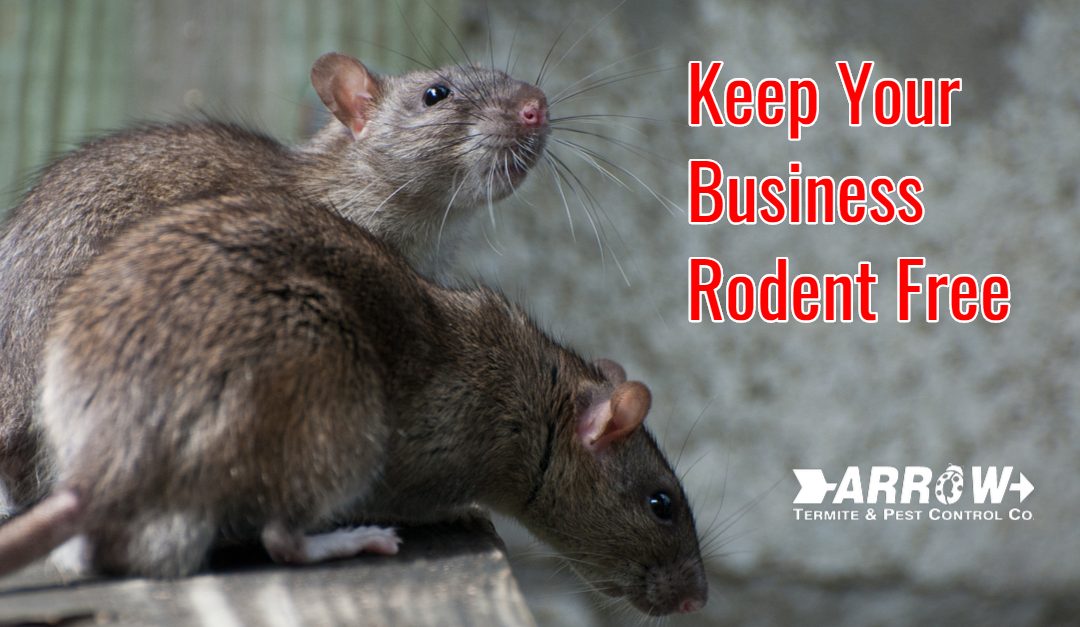How do you know if your workplace has rodents, and what steps can you take to make sure they leave and do not come back? Pests in the workplace have been linked with asthma, rabies, and Lyme disease. One of the most common workplace pests, rodents (including rats, mice, and squirrels), are responsible for the spread of several viruses and parasites. By eliminating their sources of food, water, and shelter, you can stress the pests and create an environment where they don’t want to stay.
Signs of Infestations
The most common sign of a rodent infestation is actually seeing a mouse or rat, alive or dead. Other than actually seeing a rodent on the premises, the next most common sign that rodents have invaded the worksite is seeing their droppings. These will be found near food sources in cupboards, drawers or bins where food is stored, overhead in attics or drop ceilings, or on pathways such as wall studs or beams. A good place to look in the desk drawers of employees who bring in and keep food in their desks. Mice and rats love to find these often-overlooked areas!
Rats: Each female can have up to 7 litters in 1 year, with up to 14 young in each litter. Rats are full-grown in about 4 weeks, which means that quite a few generations can be born in a single year from each female of the litter.
Mice: A house mouse can have up to 10 litters in a single year with about 6 young in each litter. (But there may be as many as 12-15 mice in a single litter). They are full-grown or adults within 7 weeks, so, if conditions are ideal, a mouse population can explode in just a few months.

Prevention and Control
Once you have confirmed that rodents are in your workplace, you can take the following steps to make the uninvited guests leave.
- Dry up rodent water sources by repairing leaky faucets or pipes indoors and outdoors by eliminating bird feeders and bird baths.
- Secure rubbish, especially food waste, in metal or hard plastic containers that can resist gnawing.
- Do not leave cakes and cookies, or other employee-shared snacks, out overnight, as these can be highly attractive to the rodents and other pests.
- Decrease natural food sources near the property by gathering any tree fruit and nuts promptly when they fall to the ground.
- Inspect building openings and utility entries for cracks of 1/4-inch or larger.
- Seal any cracks with concrete, mortar, steel wool or metal flashing.
- Mount storage sheds on concrete slabs to discourage tunneling.
- Prune shrubs so that six inches of the ground below is visible and trim the height of ground covers to one foot or less.
- Cut back vines hanging on buildings and tree limbs overhanging roofs to eliminate overhead building entries.
- Ask employees to keep any food in the kitchen rather than in their desk drawers, or store and food at their desks in pest-resistant, un-gnawable containers.
Signs of Rodent Presence
When a rat or mouse decides to visit, it often goes unseen—at least at the start. Usually, signs that rats or mice are present include small droppings (feces) that look like tiny grains of rice that are found along walls or in places where food materials are present. You may also notice other destruction, such as chewed holes in boxes and bags of dry goods in a pantry, in pet food bags, or in bags of grass seed in the garage.
Close inspection along baseboards or near any holes in the floors, such as where radiator pipes come through, may show rub marks or gnawed areas where the rodents have chewed to gain free access. In hidden areas beneath cabinets, you may find small nest areas filled with shredded paper or wood shavings.
If you have pets, your dog or cat may exhibit alert behavior, sensing the presence of a rodent. And you may even hear sounds of scurrying or scratching in the walls or floors, especially at night when the house is silent and dark.


